
How to check if MySQL is installed on Mac
October 26, 2023
MySQL is a popular open-source relational database management system. If you want to check if MySQL is installed on your Mac, follow the steps outlined in this guide.
1. Using Terminal
a. Check via MySQL Command
The simplest way to see if MySQL is installed is to try running the mysql command.
mysql --version
If MySQL is installed, this command will display the version of MySQL that's installed. Otherwise, you'll see a message indicating that mysql is not found.
b. Check MySQL Service
Another way to check for MySQL is to see if its service is running.
sudo launchctl list | grep mysql
If MySQL is installed and running as a service, you'll see a line that includes the name "mysql". If not, no results will be returned.
2. Checking in System Preferences
MySQL often installs a preferences pane in System Preferences.
- Open System Preferences.
- Look for the MySQL icon in the bottom row. If it's present, MySQL is installed.
You could ship faster.
Imagine the time you'd save if you never had to build another internal tool, write a SQL report, or manage another admin panel again. Basedash is built by internal tool builders, for internal tool builders. Our mission is to change the way developers work, so you can focus on building your product.
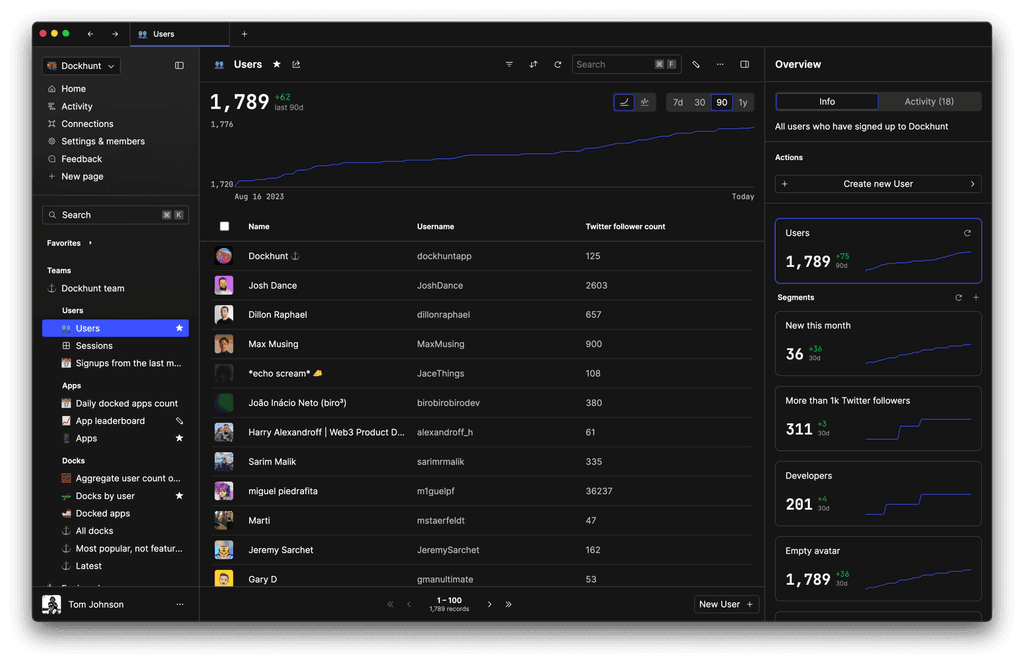
3. Check for MySQL Installation Folder
The default installation directory for MySQL on a Mac is /usr/local/mysql.
ls /usr/local/mysql
If you see a list of files and directories related to MySQL, it's a good sign that MySQL is installed. If not, you'll see an error indicating the directory doesn't exist.
4. Use Homebrew
If you have installed MySQL using Homebrew, you can also check its existence using:
brew list | grep mysql
If MySQL has been installed via Homebrew, this command will return "mysql".
Final Thoughts
It's always good to be aware of what software is running on your machine, especially when it comes to databases that might be holding sensitive data. If you have MySQL installed but aren't using it, consider either securing it or uninstalling it to reduce potential vulnerabilities. If you're actively using MySQL, ensure you're following best security practices and keeping your software up-to-date.
TOC
October 26, 2023
MySQL is a popular open-source relational database management system. If you want to check if MySQL is installed on your Mac, follow the steps outlined in this guide.
1. Using Terminal
a. Check via MySQL Command
The simplest way to see if MySQL is installed is to try running the mysql command.
mysql --version
If MySQL is installed, this command will display the version of MySQL that's installed. Otherwise, you'll see a message indicating that mysql is not found.
b. Check MySQL Service
Another way to check for MySQL is to see if its service is running.
sudo launchctl list | grep mysql
If MySQL is installed and running as a service, you'll see a line that includes the name "mysql". If not, no results will be returned.
2. Checking in System Preferences
MySQL often installs a preferences pane in System Preferences.
- Open System Preferences.
- Look for the MySQL icon in the bottom row. If it's present, MySQL is installed.
You could ship faster.
Imagine the time you'd save if you never had to build another internal tool, write a SQL report, or manage another admin panel again. Basedash is built by internal tool builders, for internal tool builders. Our mission is to change the way developers work, so you can focus on building your product.

3. Check for MySQL Installation Folder
The default installation directory for MySQL on a Mac is /usr/local/mysql.
ls /usr/local/mysql
If you see a list of files and directories related to MySQL, it's a good sign that MySQL is installed. If not, you'll see an error indicating the directory doesn't exist.
4. Use Homebrew
If you have installed MySQL using Homebrew, you can also check its existence using:
brew list | grep mysql
If MySQL has been installed via Homebrew, this command will return "mysql".
Final Thoughts
It's always good to be aware of what software is running on your machine, especially when it comes to databases that might be holding sensitive data. If you have MySQL installed but aren't using it, consider either securing it or uninstalling it to reduce potential vulnerabilities. If you're actively using MySQL, ensure you're following best security practices and keeping your software up-to-date.
October 26, 2023
MySQL is a popular open-source relational database management system. If you want to check if MySQL is installed on your Mac, follow the steps outlined in this guide.
1. Using Terminal
a. Check via MySQL Command
The simplest way to see if MySQL is installed is to try running the mysql command.
mysql --version
If MySQL is installed, this command will display the version of MySQL that's installed. Otherwise, you'll see a message indicating that mysql is not found.
b. Check MySQL Service
Another way to check for MySQL is to see if its service is running.
sudo launchctl list | grep mysql
If MySQL is installed and running as a service, you'll see a line that includes the name "mysql". If not, no results will be returned.
2. Checking in System Preferences
MySQL often installs a preferences pane in System Preferences.
- Open System Preferences.
- Look for the MySQL icon in the bottom row. If it's present, MySQL is installed.
You could ship faster.
Imagine the time you'd save if you never had to build another internal tool, write a SQL report, or manage another admin panel again. Basedash is built by internal tool builders, for internal tool builders. Our mission is to change the way developers work, so you can focus on building your product.

3. Check for MySQL Installation Folder
The default installation directory for MySQL on a Mac is /usr/local/mysql.
ls /usr/local/mysql
If you see a list of files and directories related to MySQL, it's a good sign that MySQL is installed. If not, you'll see an error indicating the directory doesn't exist.
4. Use Homebrew
If you have installed MySQL using Homebrew, you can also check its existence using:
brew list | grep mysql
If MySQL has been installed via Homebrew, this command will return "mysql".
Final Thoughts
It's always good to be aware of what software is running on your machine, especially when it comes to databases that might be holding sensitive data. If you have MySQL installed but aren't using it, consider either securing it or uninstalling it to reduce potential vulnerabilities. If you're actively using MySQL, ensure you're following best security practices and keeping your software up-to-date.
What is Basedash?
What is Basedash?
What is Basedash?
Basedash is the best MySQL admin panel
Basedash is the best MySQL admin panel
Basedash is the best MySQL admin panel
If you're building with MySQL, you need Basedash. It gives you an instantly generated admin panel to understand, query, build dashboards, edit, and share access to your data.
If you're building with MySQL, you need Basedash. It gives you an instantly generated admin panel to understand, query, build dashboards, edit, and share access to your data.
If you're building with MySQL, you need Basedash. It gives you an instantly generated admin panel to understand, query, build dashboards, edit, and share access to your data.
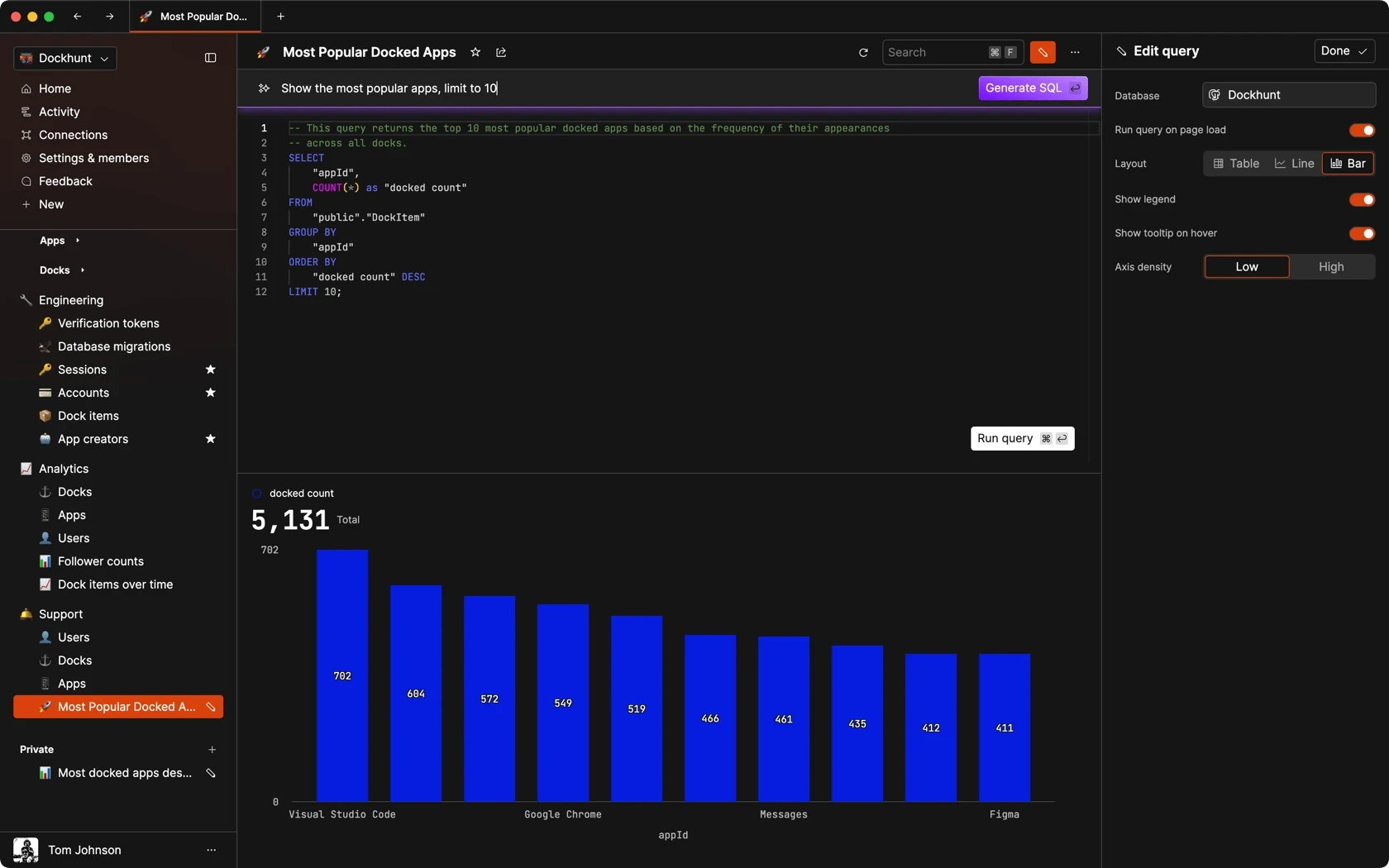
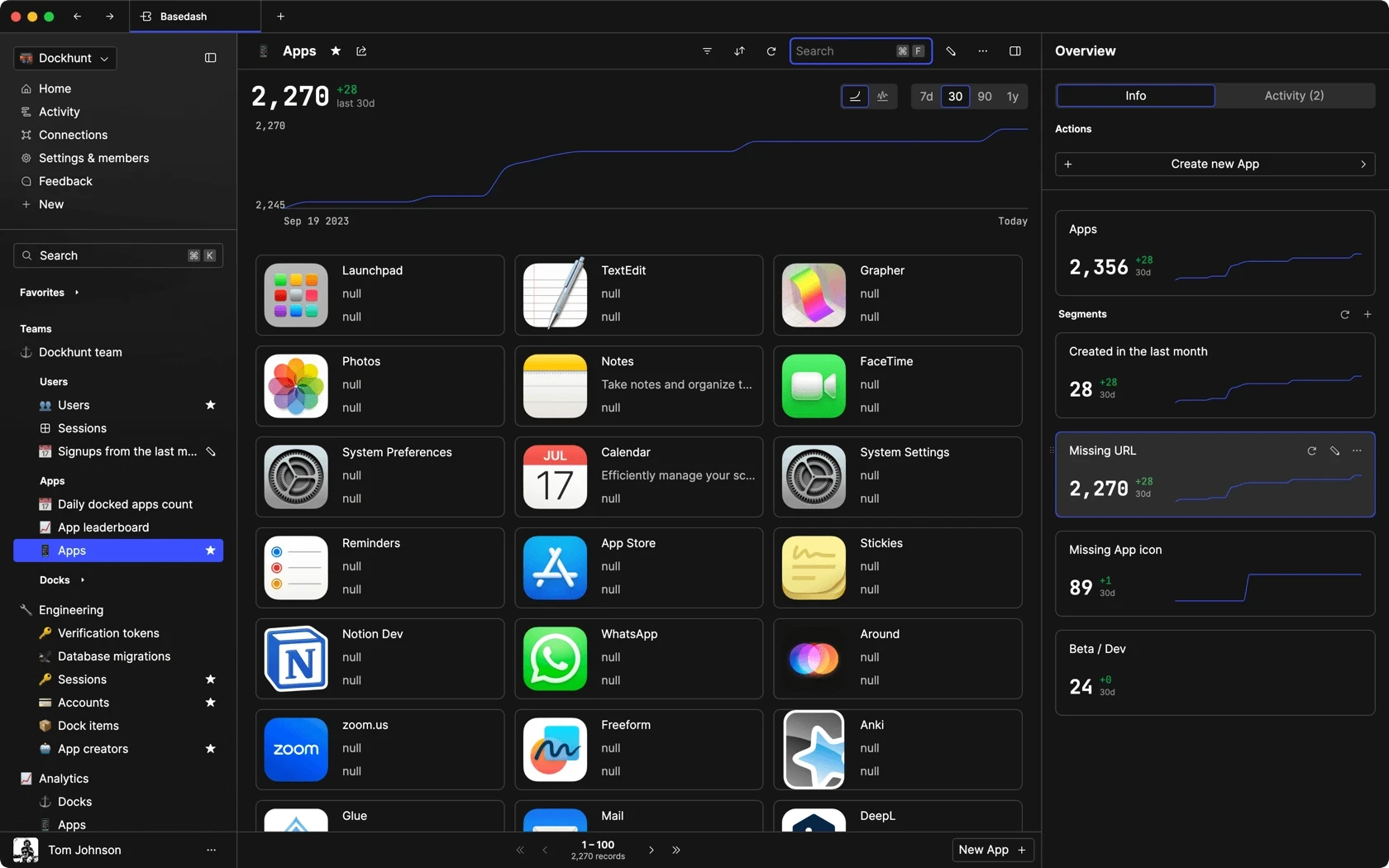
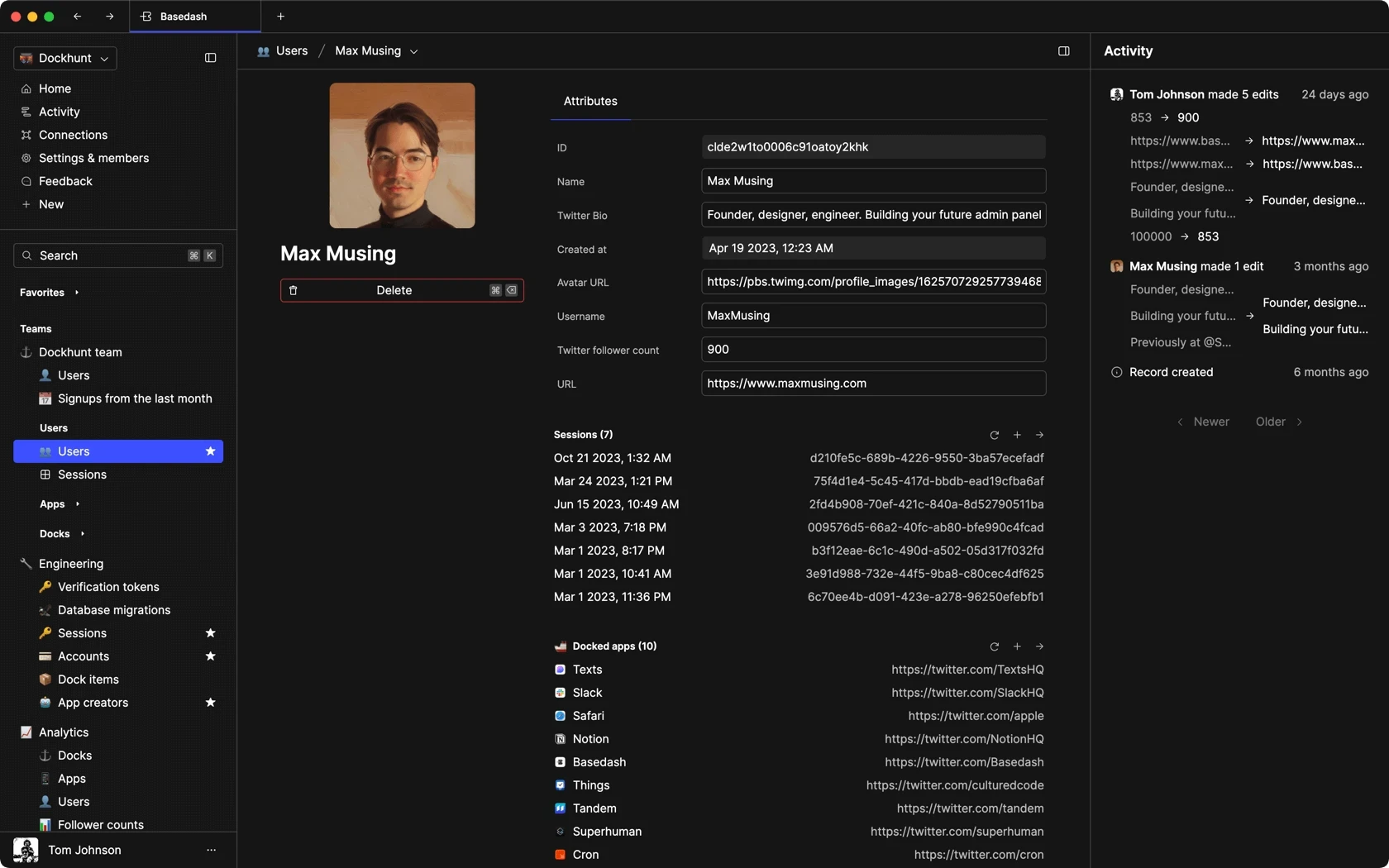
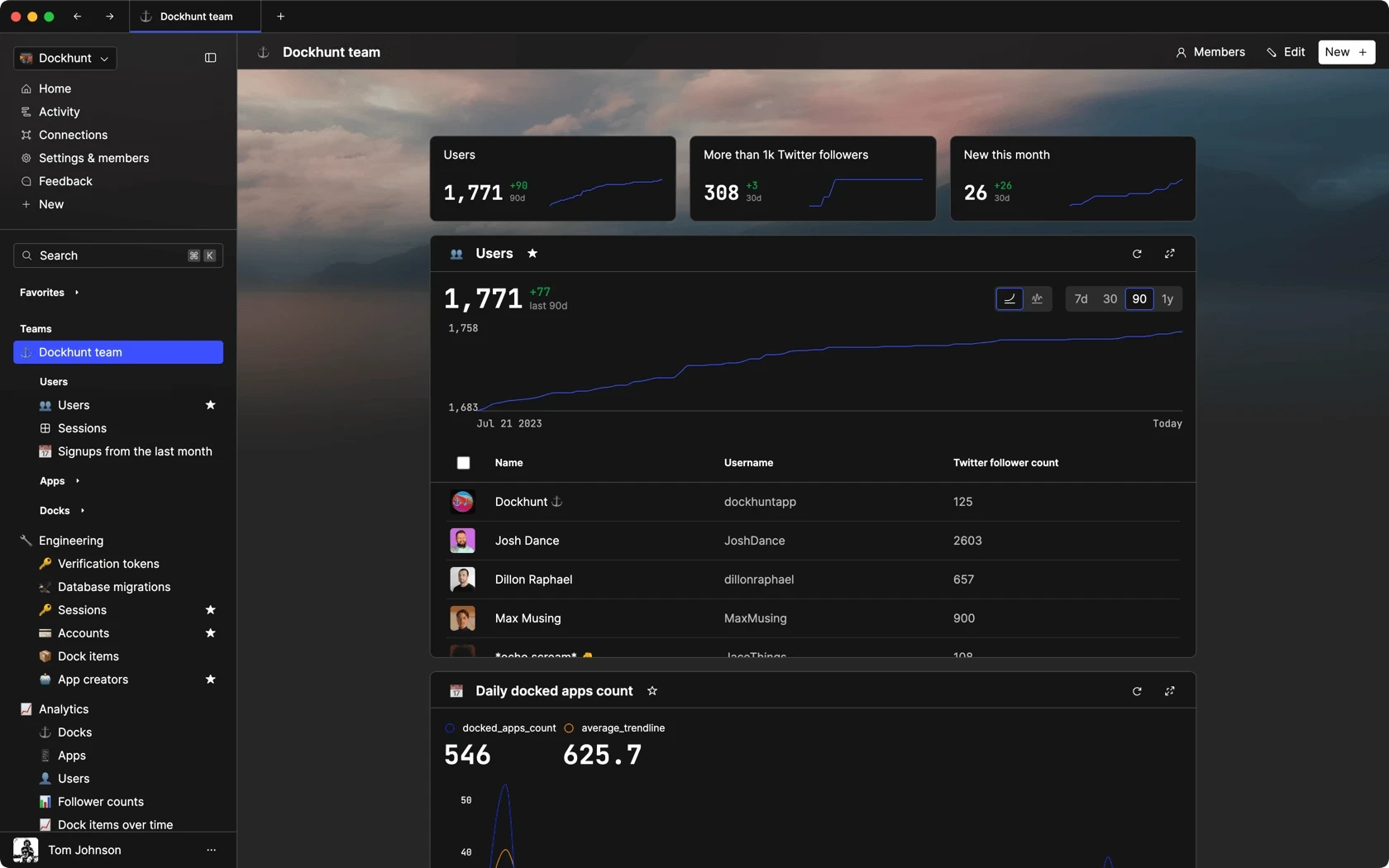
Dashboards and charts
Edit data, create records, oversee how your product is running without the need to build or manage custom software.
USER CRM
ADMIN PANEL
SQL COMPOSER WITH AI
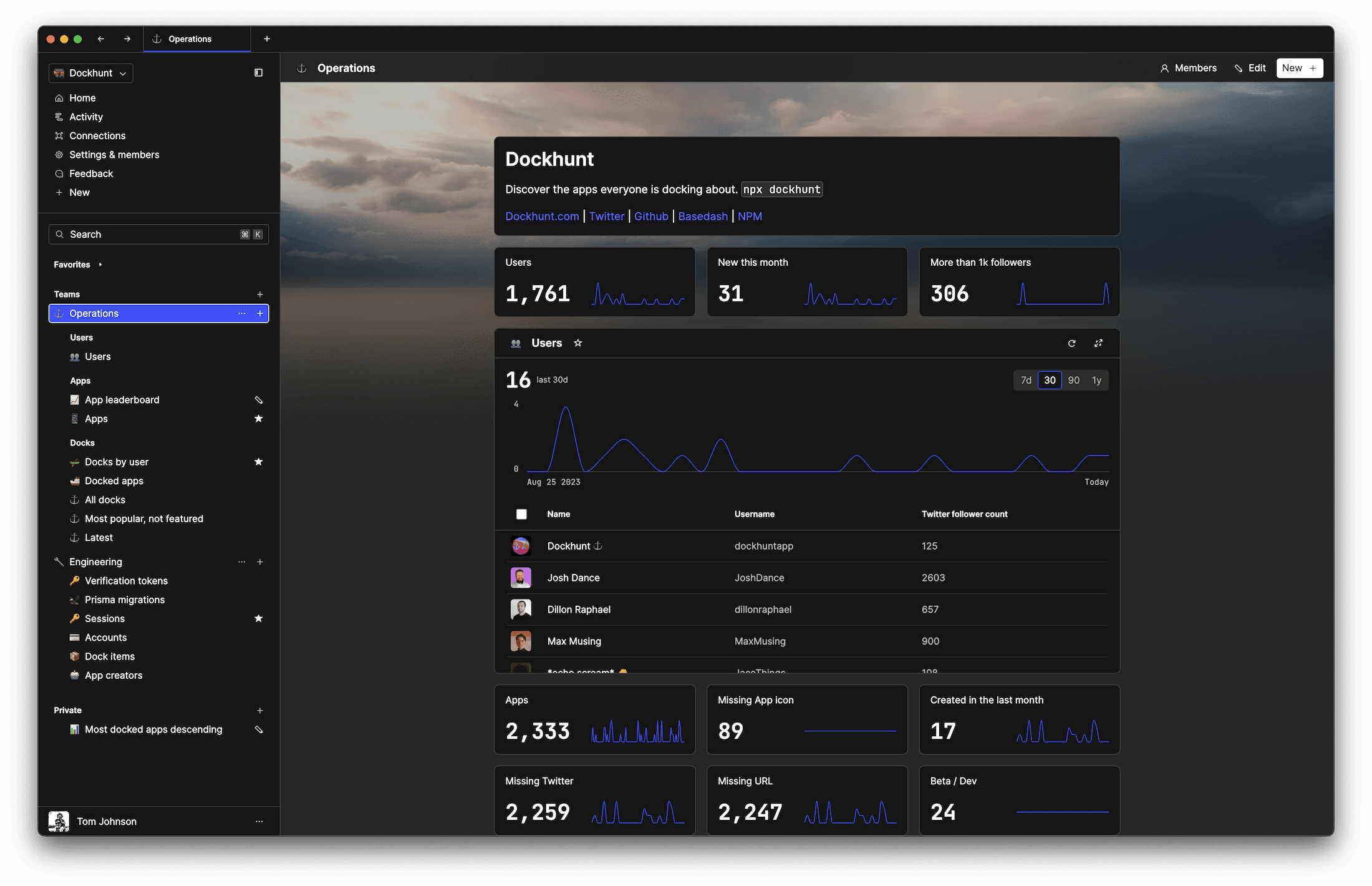
Related posts
Related posts
Related posts



How to Add Columns to MySQL Tables with ALTER TABLE
Robert Cooper



How to Add Columns to Your MySQL Table
Max Musing



Pivot Tables in MySQL
Robert Cooper



How to Rename a Table in MySQL
Max Musing



How to Optimize MySQL Tables for Better Performance
Robert Cooper



How to Display MySQL Table Schema: A Guide
Jeremy Sarchet
